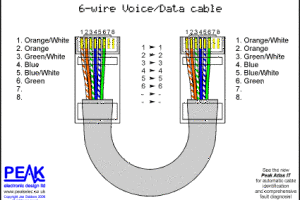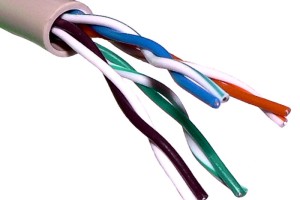A New Kind of Microphone: Fiber Optic Cable
Fiber optic cables are everywhere, installed along roads and train lines, in buildings and under streets. And U.K. scientists have found a way to turn any length of fiber optic cable into a kind of microphone or remote sensor. They have decided to call it the “world’s nervous system.”
OptaSense, a part of Qinetiq, has decided to call this new technology Distributed Acoustic Snesing, or DAS. This DAS enables companies to keep a watch on extremely long stretches of cable like railways, pipelines, and roads, in one area watching over a pipe almost 700 km long. With DAS, you can place a microphone every 30 feet.
Thieves are often stealing cables or oil and now companies are using DAS as a detection system. Usually, thieves will dig out pipelines and then try to break open the pipeline, leaving gushing oil for them to drain from. The DAS system found evidence of an upcoming theft three weeks before it took place.
By combining something known as Rayleigh scattering with sonar technology that Qinetiq developed for submarines, OptaSense was able to create what is basically land based sonar with DAS. Magnus McEwen-King, the Managing Director of OptaSense, discusses a trip to Monaco for testing the product in a real-world environment. After connecting the technology, he states that “we were able to hear everything driving around Monaco: cars, even helicopters.” Mr. McEwen-King states that the DAS monitors everything near the cable and is specific enough to detect tunneling below it, or a low flying airplane above it.
The DAS is great for reporting heavy vibrations, but just how precise is it? Can it pick up voices and essentially be used as a bug? Mr. McEwen King says that is depends on how long the network cable is — on a shorter cable, it is possible, with a longer cable, no. He added that dirt and soil tend to attenuate all frequencies higher than 500 hertz anyway.
This technology can be used in an astounding number of ways; to track vehicle flow on the freeway, to keep an eye on tracking, to less expensive alternatives to ground radar for tracking taxiing airplanes at airports. DAS was installed at Qinetiq’s headquarters to demonstrate its uses. Mr. McEwen-King tracked a car driving along the road. When it began to go faster, the tracking indicator changed color from green to orange, signaling that the car is getting very close to the speed limit. If the car went over the limit, the indicator will change to red. Combine this technology with CCTV and you will know exactly who was speeding. Watch out world, now not only is everyone always watching, now they can always be listening as well.




